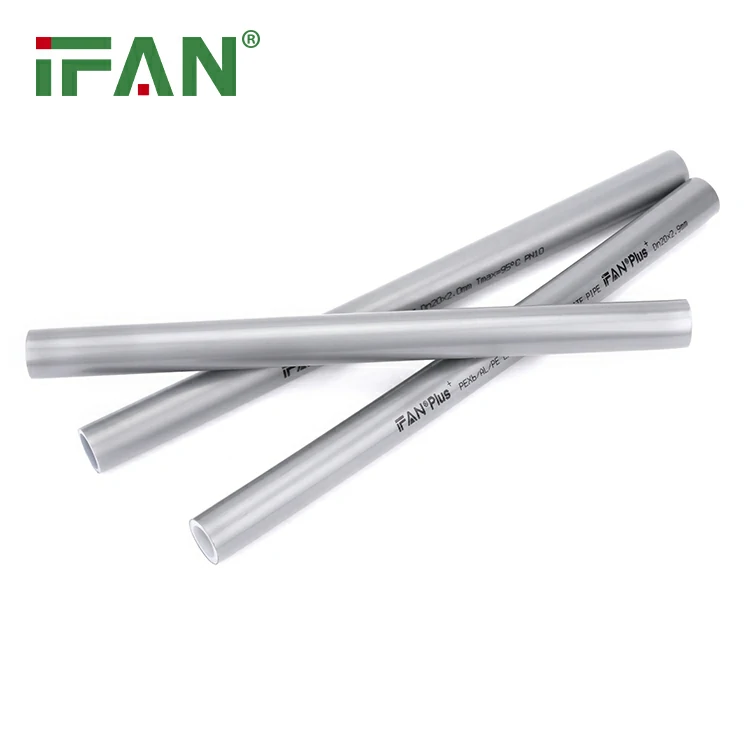When choosing piping materials for your project, the PEX vs PVC debate often tops the list. Both materials offer distinct advantages. Your specific needs determine the winner.
What Is PEX Piping?
PEX (cross-linked polyethylene) is a flexible plastic pipe. It’s become increasingly popular for residential plumbing. The cross-linking process creates stronger molecular bonds. This makes PEX more durable than standard polyethylene.
What Is PVC Piping?
PVC (polyvinyl chloride) is a rigid plastic pipe. It’s been the plumbing industry standard for decades. PVC pipes come in different grades and pressure ratings. They’re widely available and cost-effective.
PEX vs PVC: Key Differences
Installation Speed and Ease
PEX wins in installation simplicity. Its flexibility allows routing around obstacles without fittings. One continuous run reduces leak points significantly. PVC requires cutting and joining at every turn.
Professional installers prefer PEX for renovation projects. Fewer connections mean faster completion times. This translates to lower labor costs for homeowners.
Temperature Performance
PEX handles extreme temperatures better. It won’t burst from freezing like rigid pipes. The material expands and contracts without cracking. PVC becomes brittle in cold conditions.
Hot water applications favor PEX systems. The material withstands high temperatures without degrading. PVC has lower temperature limits for continuous use.
Cost Analysis
Initial material costs vary by project size. PVC typically costs less per linear foot. However, PEX requires fewer fittings and connections. This can offset the higher material price.
Labor costs often favor PEX installations. Faster installation reduces overall project expenses. Consider total project cost, not just material prices.
Durability and Lifespan
Both materials offer excellent longevity when properly installed. PEX resists corrosion and scale buildup naturally. PVC provides decades of reliable service in most applications.
Chemical resistance differs between materials. PEX handles acidic water conditions better. PVC excels in applications involving certain chemicals.

When to Choose PEX
Residential hot water systems benefit from PEX flexibility. The material handles thermal expansion effectively. Fewer joints reduce potential failure points.
Retrofit projects favor PEX installation methods. Running new lines through existing walls becomes simpler. The flexible nature minimizes demolition requirements.
Cold climate installations should consider PEX systems. Freeze resistance prevents costly pipe bursts. This protection saves thousands in potential damage.
When to Choose PVC
Underground applications often require PVC durability. The rigid structure handles soil pressure effectively. Proper bedding ensures decades of reliable service.
Commercial applications may specify PVC systems. Building codes sometimes require rigid piping materials. Check local regulations before material selection.
Budget-conscious projects can benefit from PVC pricing. The lower material cost helps control expenses. DIY installers often prefer familiar PVC methods.
Professional Installation Considerations
Both materials require proper installation techniques. Incorrect methods void manufacturer warranties quickly. Professional installation ensures optimal performance and longevity.
PEX installation demands specific tools and training. Improper connections lead to system failures. Certified installers understand expansion rates and support requirements.
PVC installation follows established trade practices. Most plumbers have extensive PVC experience. Standard tools and techniques apply universally.
Water Quality Impact
PEX doesn’t affect water taste or odor. The material remains chemically inert in contact with potable water. This makes it ideal for drinking water applications.
PVC may initially impart slight tastes. This typically disappears after system flushing. Long-term water quality remains excellent with both materials.
Environmental Considerations
Manufacturing processes differ between materials. PEX production requires less energy overall. PVC manufacturing involves more complex chemical processes.
Recycling options vary by location. Both materials can be recycled in many areas. Check local recycling programs for specific guidelines.
Making the Right Choice
Project requirements drive material selection. Consider these factors:
- Installation complexity and access limitations
- Temperature requirements for your application
- Budget constraints including labor costs
- Local building codes and permit requirements
- Long-term maintenance expectations
Custom Piping Solutions
Every project presents unique challenges. Standard materials don’t always meet specific requirements. Custom piping solutions bridge these gaps effectively.
Professional manufacturers offer tailored products. These solutions optimize performance for specific applications. Custom specifications ensure perfect project fits.
Conclusion
Neither PEX nor PVC is universally superior. Project-specific factors determine the best choice. PEX excels in residential hot water and retrofit applications. PVC dominates in underground and commercial installations.
Professional consultation ensures optimal material selection. Experienced suppliers provide valuable guidance throughout the decision process. Quality installation remains crucial regardless of material choice.
Contact qualified piping professionals for project-specific recommendations. Their expertise helps avoid costly mistakes and ensures system longevity.













Recent Comments